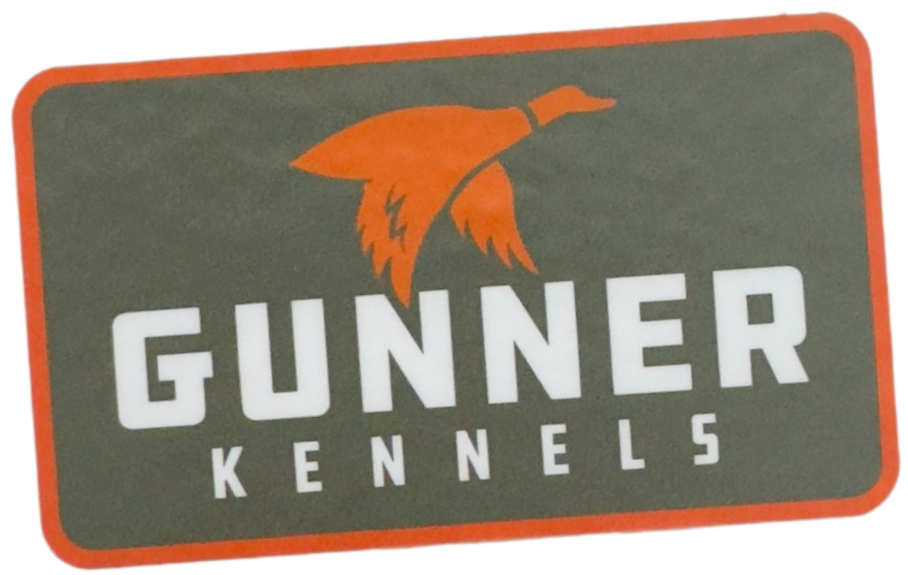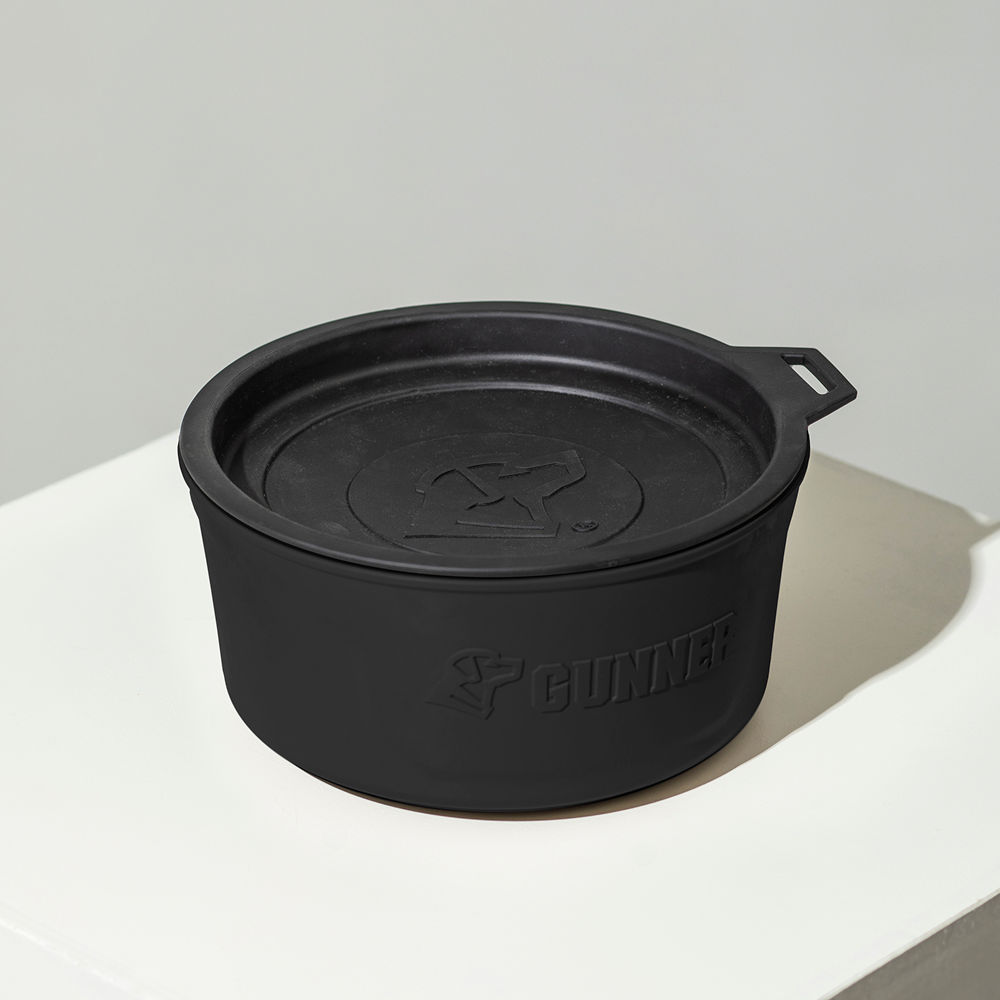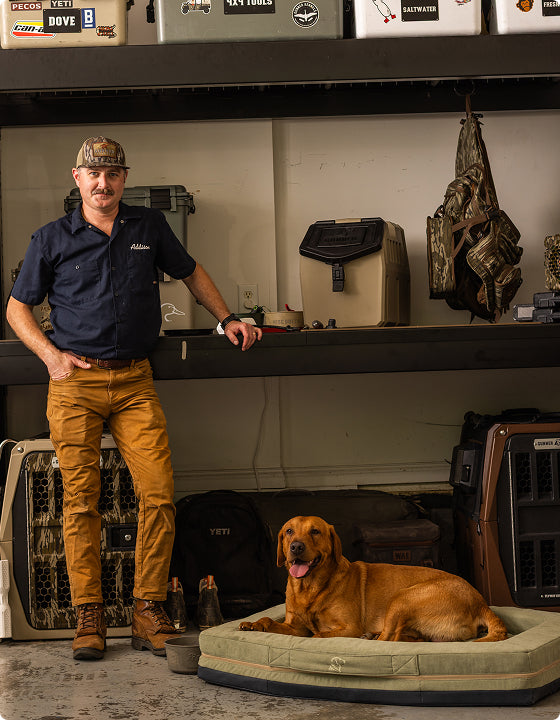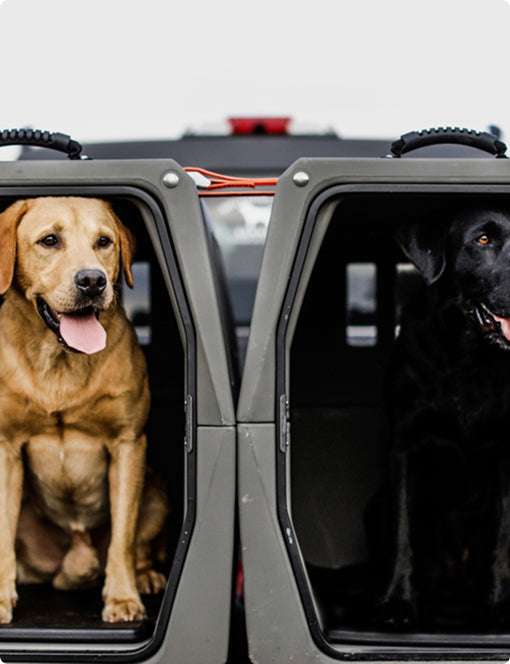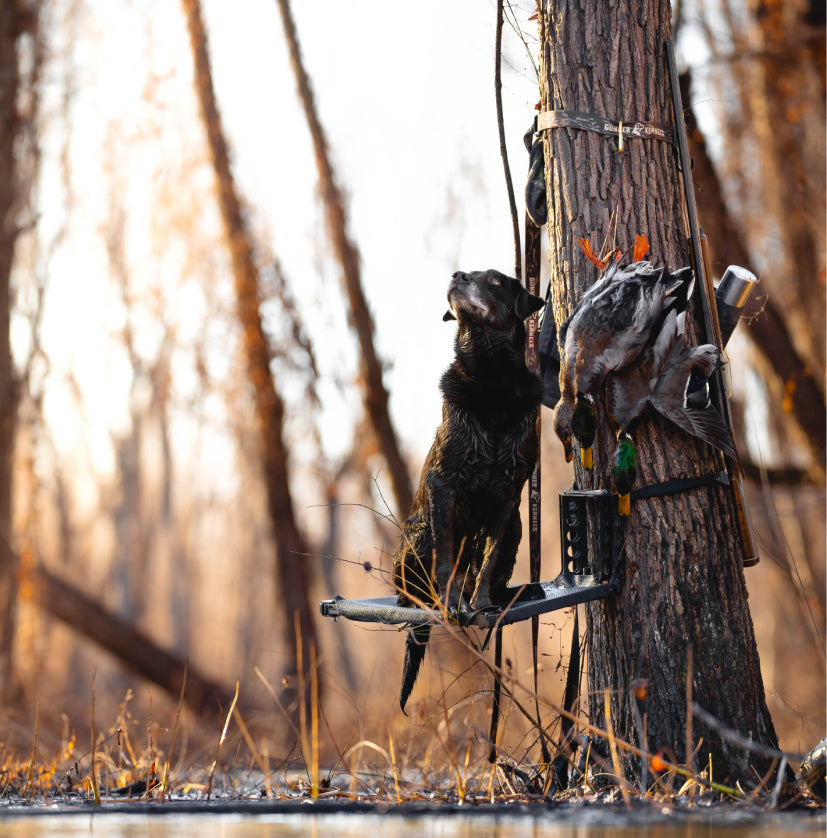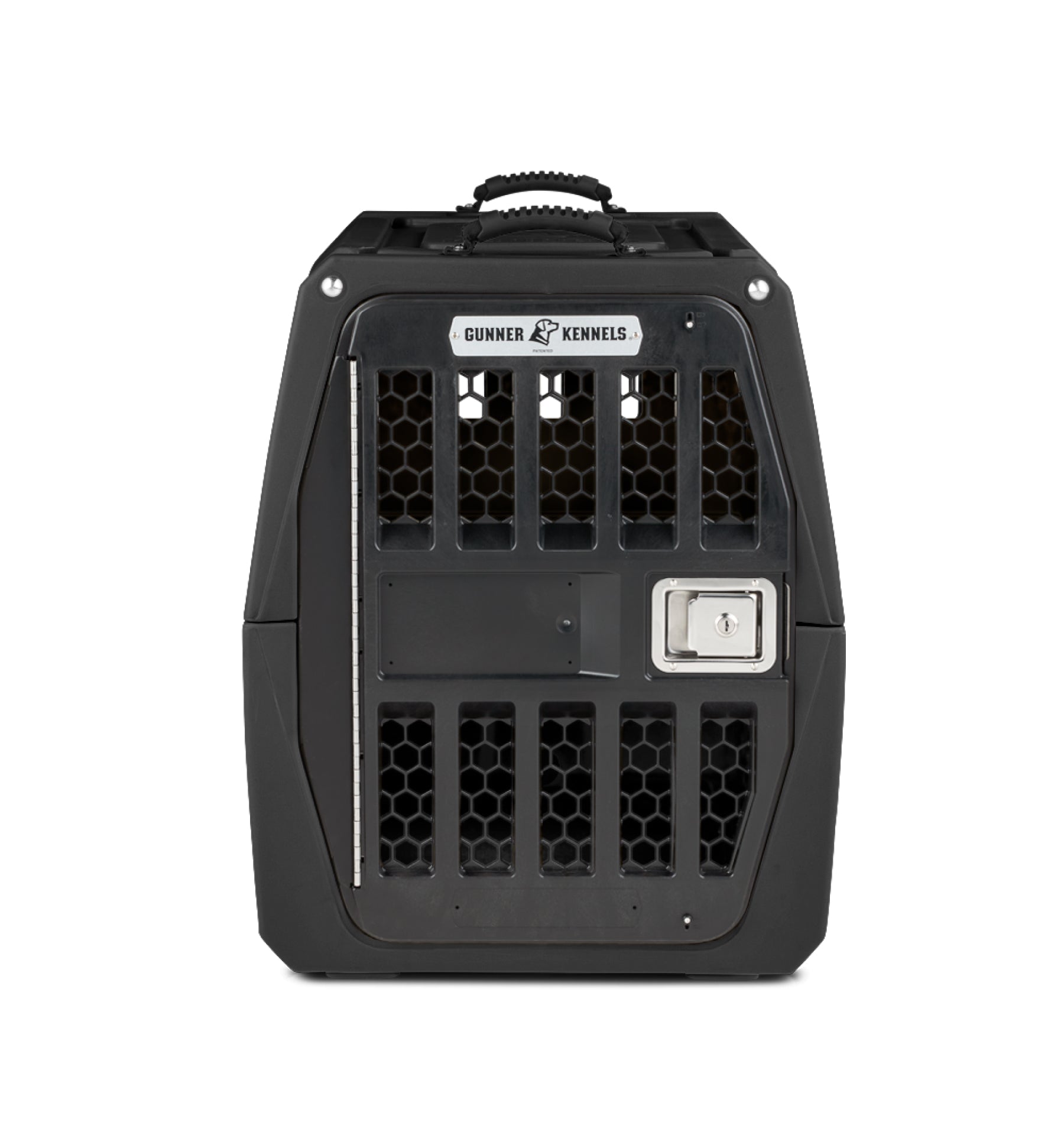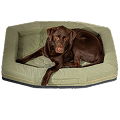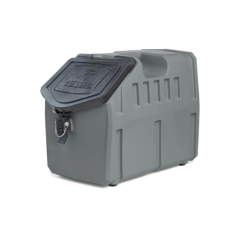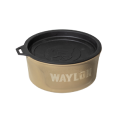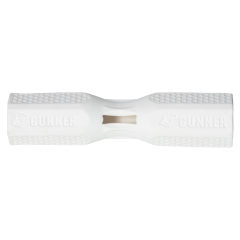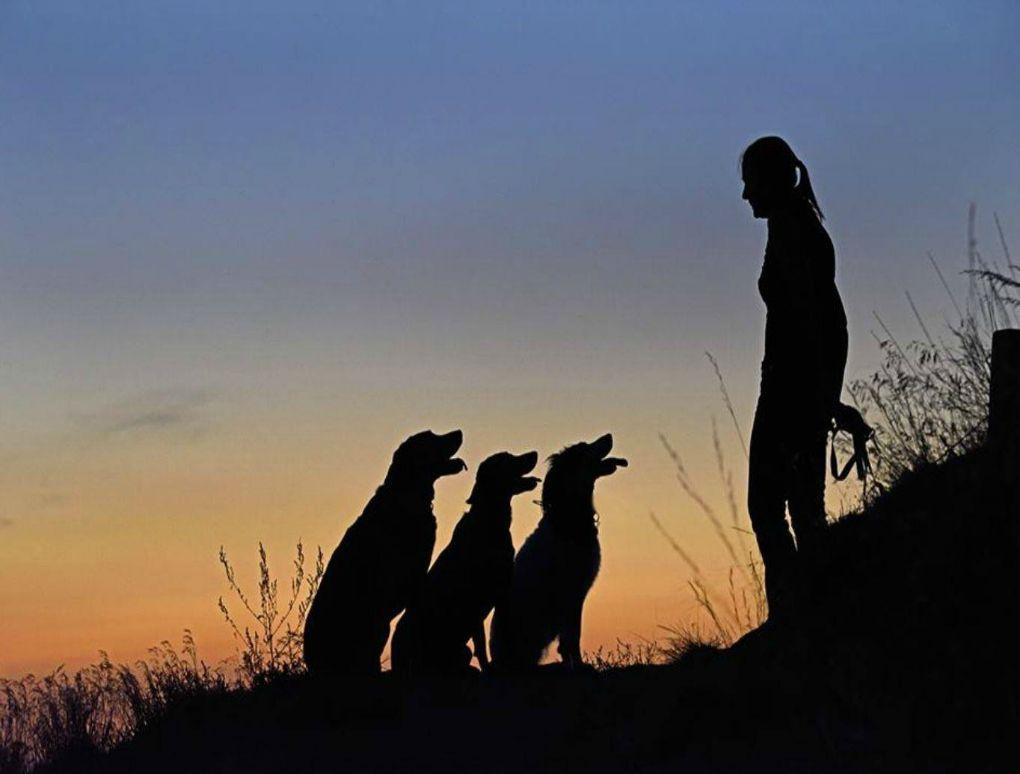It’s never too late to teach an old dog new tricks. We asked legendary trainer Robert Milner of Duckhill Kennels to school us on the best ways to communicate with your dog.
“You said what?”
Communication is very rarely mentioned in discussions of dog training.
It is, however, the most important piece of the puzzle. How do you tell the dog what you want him to do? A quite typical approach would be to speak your native tongue (in my case, English) to the dog and see if he will respond. As you may have learned by now, that does not work. A look at how dogs communicate will furnish a better model.
Dog vs. Man Communication Methods
The dog communicates almost exclusively with his eyes and body language.
To take in information from another dog, he reads: body posture, body motion and direction, eye movements, tail movements, ear movements, etc. When a dog gives information to another dog, he does it with these same mechanisms.
Compared to the dog, man’s interspecies communications skills frequently leave something to be desired. The human frequently stands still, which gives the dog nothing to read. Then the human starts making vocal noises. Words give the dog no useful information except when they are shouted angrily. In that case, the dog receives the information that says it would be wise to stay away from this angry, threatening person.
Trainers’ Communication Methods
So how does the trainer communicate with the dog?
The trainer keeps his mouth shut, keeps his body moving, and keeps his hands off the dog. One of the most effective dog training strategies is to use the voice very sparingly, and usually at a low volume. If you watch a few dog trainers you will note that the good ones use very little noise.
One of the most valuable communication tools that I have found is a piece of duct tape (yes, really). Place it across your mouth and your training will improve tremendously.
That is probably a little extreme, but it does illustrate the importance of keeping your voice out of the training process sufficiently to minimize interference. The main result of silence is that it influences the human to reach into his ancestral suite of behaviors and offer some non-verbal communication. We humans were around thousands of years prior to the point in history when speech emerged. We have buried in our brain stem those ancient talents and proclivities. When the trainer keeps his mouth shut, our innate talents have an opportunity to operate.
On Command
One of the most misunderstood communications is that of getting the dog to come to you.
The human frequently stands still and yells at the dog, “Here!…HERE!!!…HERE!!!!!” Wrong.
If you want the dog to come to you, simply walk away from him and keep walking until he catches up. This is one of the first lessons I let my new trainers learn.
It does not mean walk 10 feet and stop, or walk 20 feet and stop. If you continue walking away and be quiet, in a few seconds the dog looks around and sees that you are gone. He doesn’t know where you are, because you are being silent. Therefore because he doesn’t want to stay there by himself, he comes to find you. Initially the distance may be 10 feet or it may be 50 yards. The dog determines what the distance is; not the trainer. The first lesson or two, you might have to walk 30 or 40 yards before the dog “finds” you. By the third or fourth lesson you will be walking maybe 3 or 4 steps before the dog “finds” you.
Communication: Praise
This is not to say that the voice doesn’t have a role in dog training. Voice can be useful in training.
It serves well as a marker for desired behaviors. “Good” in an upbeat tone can tell the dog that he is doing it right. “No” in a harsh tone can tell him he is doing it wrong. The vocal marker “good” is merely a sound, and will only have value if followed frequently by a reward. Two typical hig-hvalue rewards are treats and retrieves. Petting and praise are typically medium to low-value rewards depending upon how indiscriminately they are bestowed during pup’s average day.
Communication: Reward
Reward if properly used is the most powerful communication channel with a dog.
When the dog does what you want, reward him immediately for the behavior, or mark it with a sound when the payment will be slightly delayed. That is the essence of communicating with animals.
Want more advice? Go to www.duckhillkennels.com – or check back for more contributions by Robert Milner here!
